Interview with Harold Klunder (HK) by Antonella Pecora Ruiz (APR)
This interview with Harold Klunder and his daughter Elizabeth (EK) provides insight into the beginning of his artistic ambitions, creative process and his exhibition, Then and Now, at the Clint Roenisch Gallery.
APR: After moving to Canada from the Netherlands in 1952, would you say that your family encouraged you to become an artist or was it your idea?
HK: My mother was supportive; I would have to say that. She understood that I was different than my brothers who worked at Stelco in Hamilton, as I did, for half a year. I knew it wasn’t what I wanted to do. My mom certainly realized that I had other abilities—even though I grew up on a farm, and loved working with my dad as a kid—I knew what I wanted to do. Someone who was teaching in Ontario said, ‘Oh, you should look into night classes.’ So then I took a night class, and that was the beginning of being very serious about painting, drawing and art.
APR: After enrolling in Central Tech (1960-64), you started learning from a range of artists and were influenced by others like Dorothy McCarthy and Henry Moore while also mastering several mediums. When did your interest in painting begin?
HK: Well, we did have painting as a class and museum studies. But I was already interested in painting by looking at books. So, I learned about painters of the past. Even to this day, I learn about a different artist every week; having collected a substantial amount of art books over the course of my life and I look at them daily. But at that time, I just started looking at paintings and become more and more interested in the whole idea of doing it myself.
Harold Klunder, Untitled, 1962, oil on canvas, 18 x 14.25 inches
EK: You were painting in the shed that was attached to your parents’ house before you took any official art classes—that work is, in some ways, very similar to your current work. Like, it was always leaning in the direction of abstraction.
APR: Would you consider your work to be abstract? Because when I went to the exhibition, I felt like there were a lot of faces, so it’s not like it was exactly abstract.
HK: I don’t think of myself as an abstract painter. That’s an oversimplification in my mind because I have an active interest in all painting, and it’s not necessarily abstract. Some people might naively think, ‘Oh, this is abstract art,’ but there is usually some kind of sense of faces. I think when people are looking at the work and looking at it long enough, then it’s more than abstract painting; it’s full of life in a way. Abstraction is a simplistic-sounding term to me.
Harold Klunder, July 1, July 2, July 3, 2001–2010, oil on canvas, 44 x 84 inches (triptych)
EK: Yesterday, when I asked him if he thinks his work is abstract, he said maybe it’s more a kind of inner realism. ‘Inner realism’ like what you feel inside and what you’re thinking about, and it comes out in a combination. It’s a strange representation of yourself in a way.
HK: I think that’s what art is; it’s just how you see the world, right? I think that’s what I’m considering as inner realism.
APR: There is a lot of motion within your paintings. I mostly felt it in the vivacity of the colours you chose. I believe your work, “Future, Present, and Past” is one of the best at demonstrating your mastery of colour.
HK: Yeah, colour is a big factor in all my work, and it always has been. But even when you use colour, you have to kind of frame the colour in some way, so the drawing is sort of, to some degree, framing the works anyway. And colour is very emotive, you know. You can say a lot by combinations of colours. I’m moved by the potential of what that colour will do to what I’ve already done on the canvas.
Harold Klunder, Future, Present, Past (Self-Portrait #2), 1985–1987, oil on canvas, 96 x 235 inches (triptych)
EK: It’s changing the energy of that certain part of the painting, to make it feel lighter or darker, louder or quieter. You’re bringing something forward and still letting other things go into the painting sometimes. It seems like you are interested in a combination of things and how they can create harmony.
APR: Are there any external elements which play a role in your creative process?
HK: Music is a big aspect. I listen to music all the time. I listen to the radio to the classic station, but it’s a full range, really. I definitely like Pavarotti.
Harold Klunder, Music #IV, 2015–2017, oil on canvas, 84 x 84 inches
EK: The first painting on the right when you go into the exhibition is called “Nessun Dorma”. It’s named after that song my parents played when me and my sister would go to sleep. Then also other types of music he really likes such as Jimi Hendrix, Bob Dylan, Neil Young.
Harold Klunder, Nessum Dorma, 2021–2024, oil on canvas, 72 x 132 inches (diptych)
APR: That is a great range of musicians. Are there any painters who have influenced you?
HK: Dutch painters are particularly interesting because I left Holland when I was very young, and somehow that’s stuck in my mind, partly because of my mom. She had some understanding of Van Gogh. She felt he was misunderstood and he was actually challenged in his own ways because he was a futurist in his era. So, it’s interesting.
APR: Now that we’ve delved into your creative process, what is it like to see your work once it is finished and displayed?
HK: In a funny way, the show reminded me of what my work actually looks like, because creating them is just an ongoing process. Then, all of a sudden, I’m seeing a whole room full of my work. I am trying to put those pieces all together in my brain, thinking, ‘What is it? What is actually happening?’ I was really blown away by the really large painting that’s on the main wall in the back of the gallery (“Future, Present, Past”). When I walked into Clint Roenisch Gallery, at first, and saw how he hung the show—I had nothing to do with that —I thought that he’s brilliant at doing that.
Installation view of Harold Klunder, Then and Now at Clint Roenisch Gallery
EK: The works that are featured at the Clint Roenisch Gallery right now literally span over 60 years, from the first one he made when he was very young (“Untitled,” 1962) and the one that he just finished; it’s been just under 62 years. The viewers can witness his artistic evolution, even if some works look different from others. I think artworks look different at different times.
APR: This has been a really interesting conversation, thank you! I hope that viewers will come out with a richer understanding of Harold Klunder’s career; having contemplated the wonderful idea of ‘inner realism’ that creates the narrative of each of his unique paintings.
Images are courtesy of Clint Roenisch Gallery.
*Exhibition information: Harold Klunder, Then and Now, November 21 – January 11, 2024, Clint Roenisch Gallery, 190 St. Helens Street, Toronto. Gallery hours: Wed – Sat 12 – 5 pm.

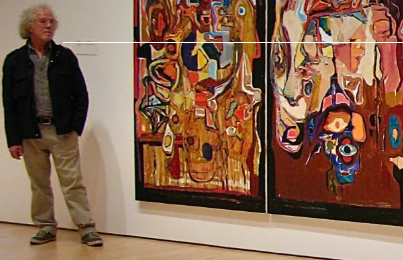
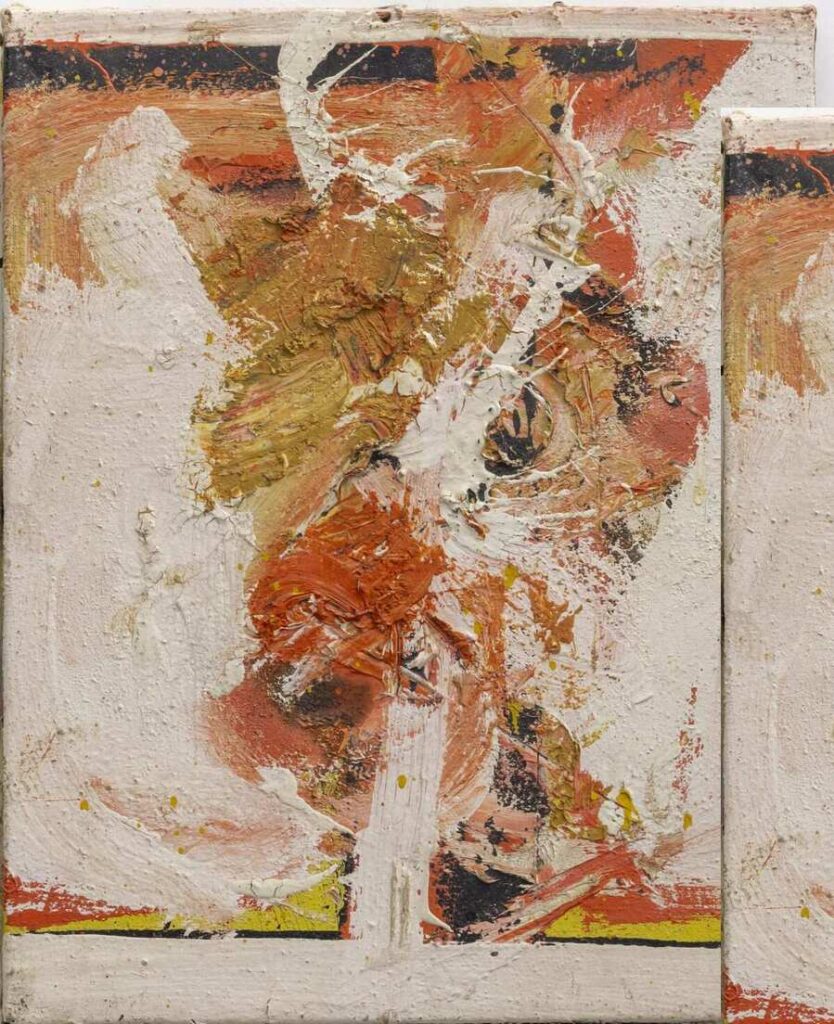
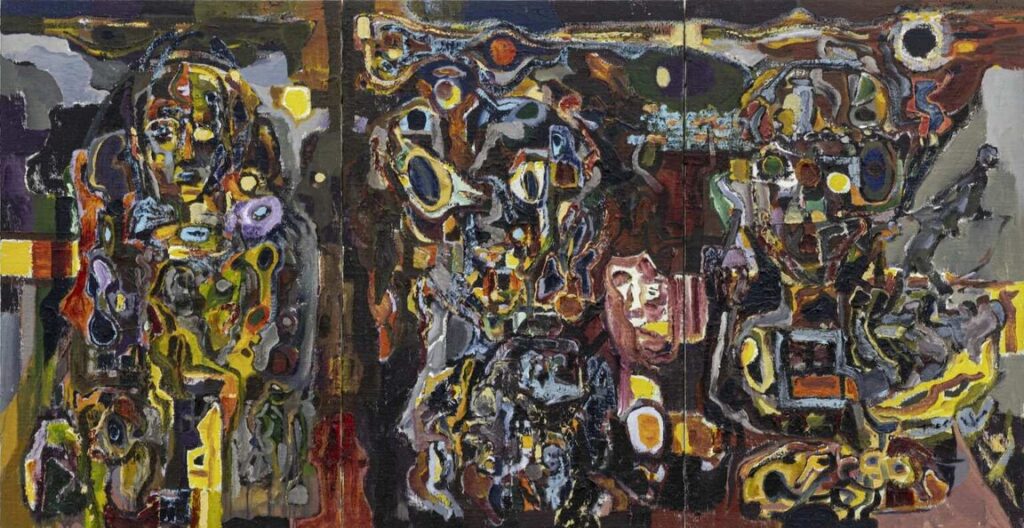
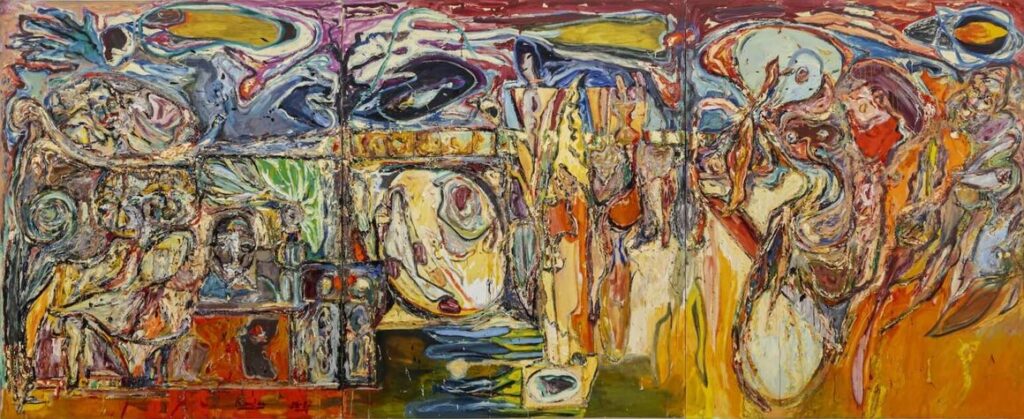
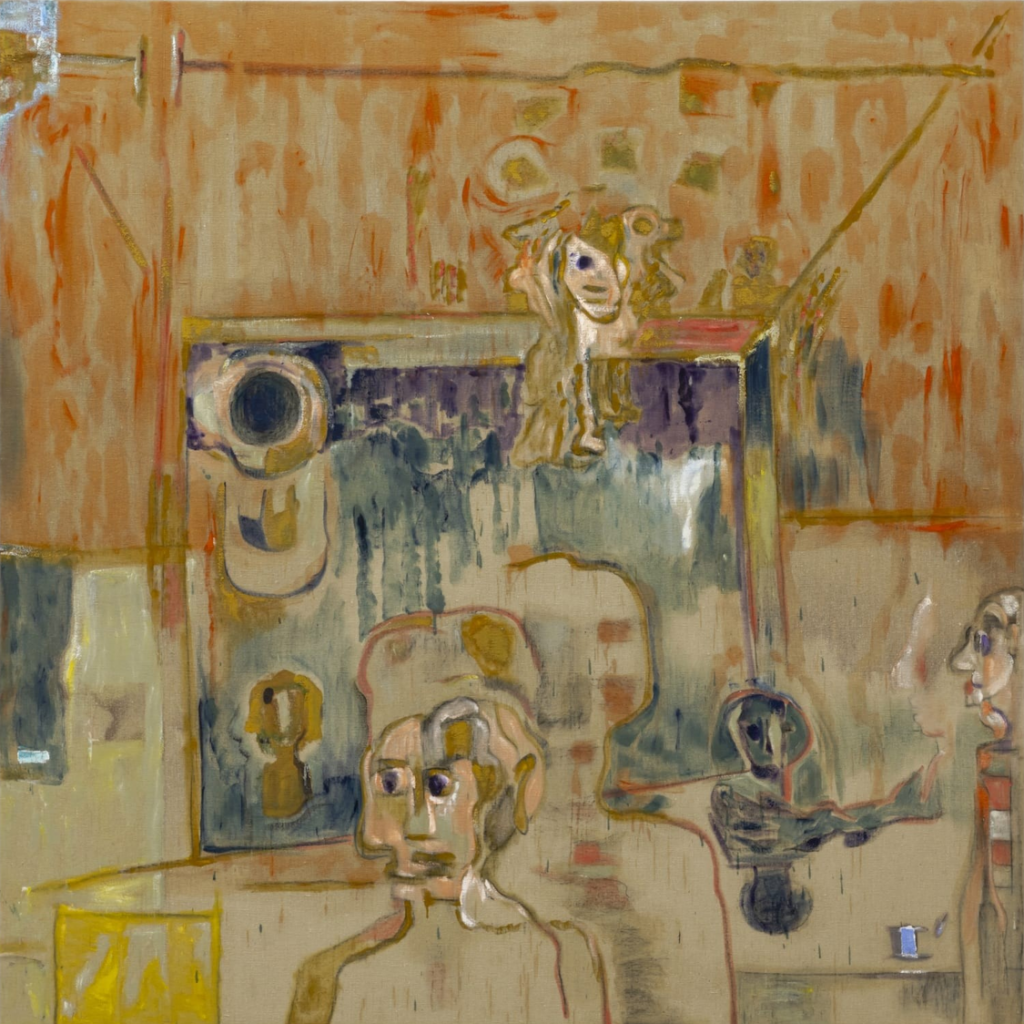
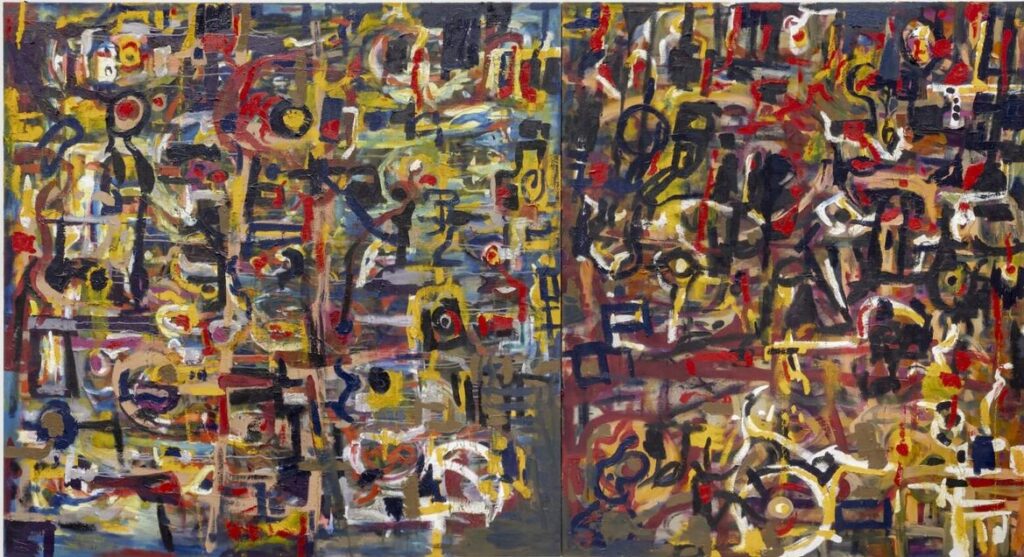
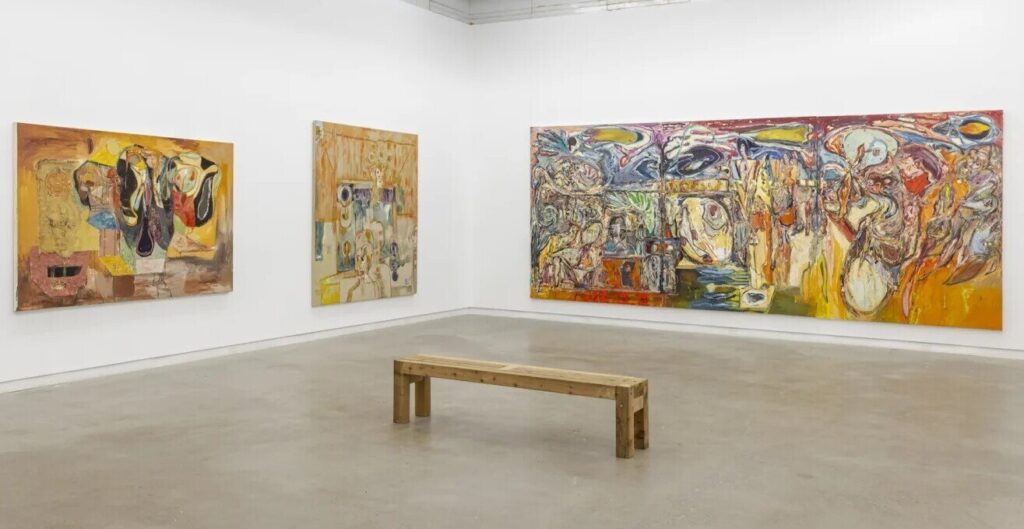
Always loved Harold’s work from the first time I saw it back in the late 70’s . Sadly will not be able to see this exhibitions but tell him congratulations for such visually honest work!!!!!
Tony Calzetta
Terrific interview! I really enjoyed reading Harold’s thoughts on painting, and his view on what painting is really about. It is internal. Viewing his paintings takes me directly to that internal state of mind.
Congratulations on a thought-provoking article! Your reflections on art’s influence on political ideologies are profound. Your perspective could inspire new ways of thinking about the power of art in politics.
Really enjoyed this article. Your engaging piece on the challenges of using art for political expression is insightful. It provides valuable guidance for artists navigating the political landscape, helping them overcome obstacles to effectively convey their messages.